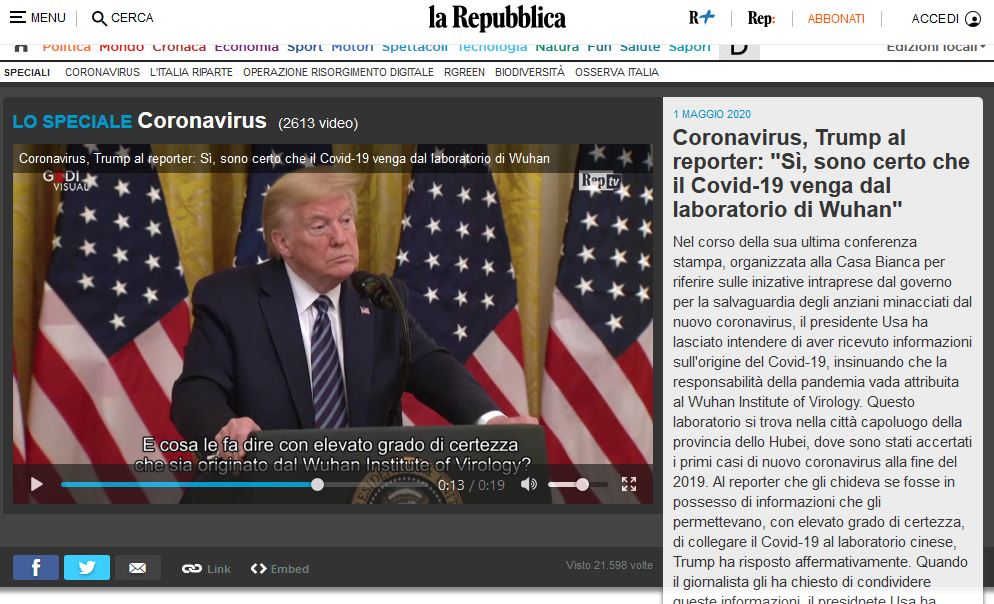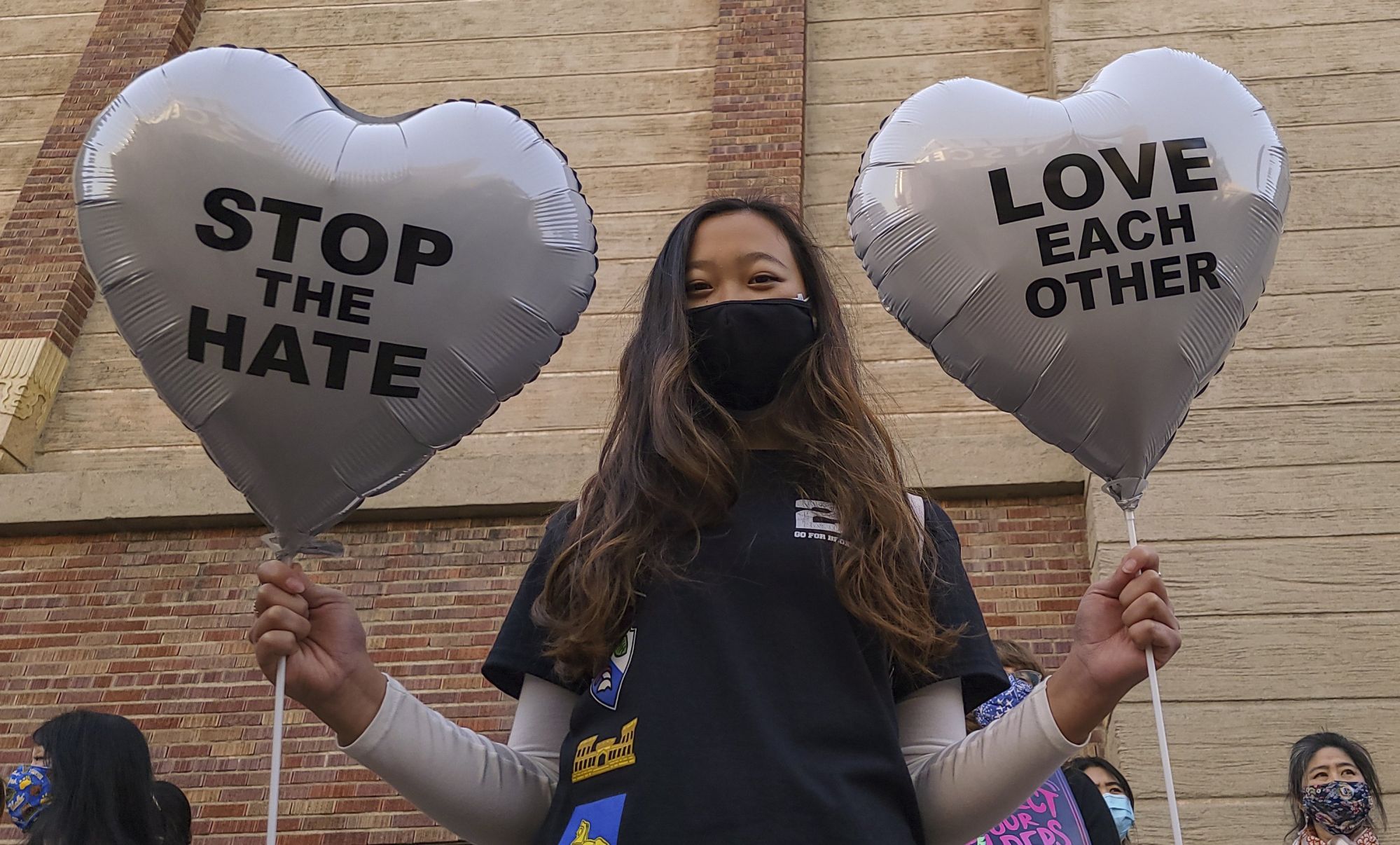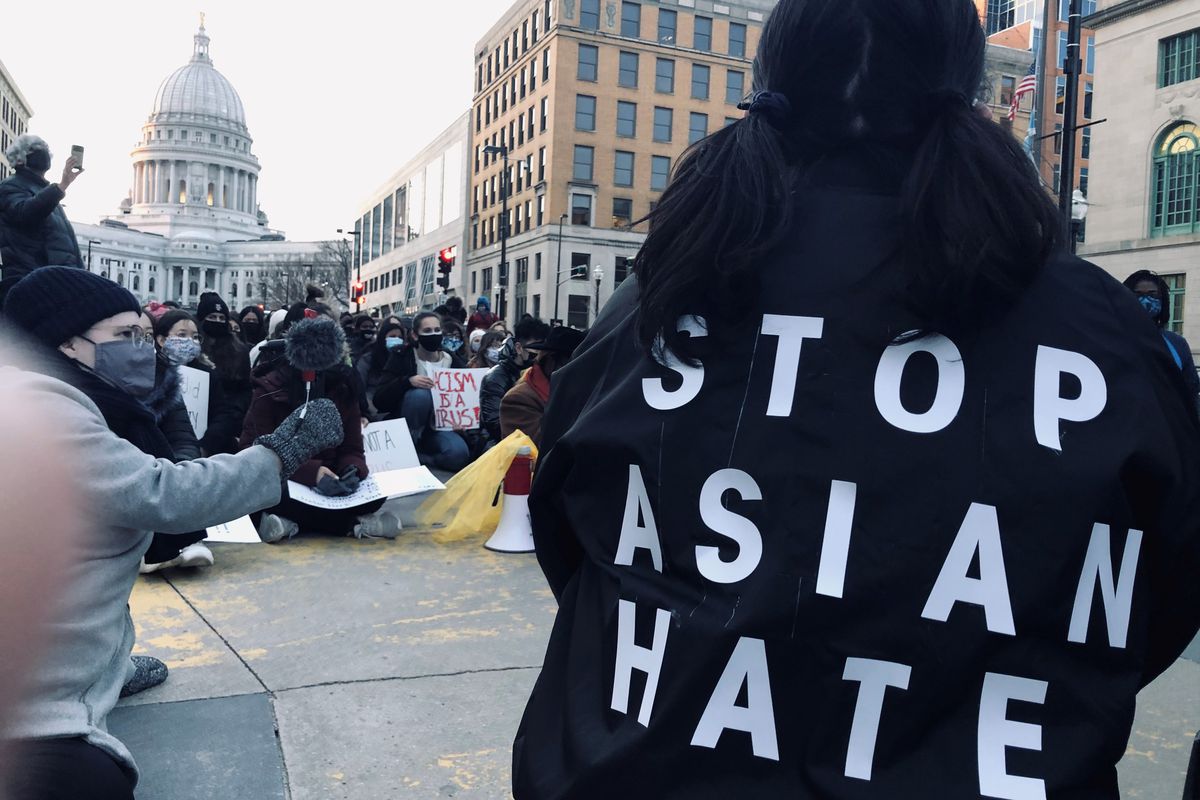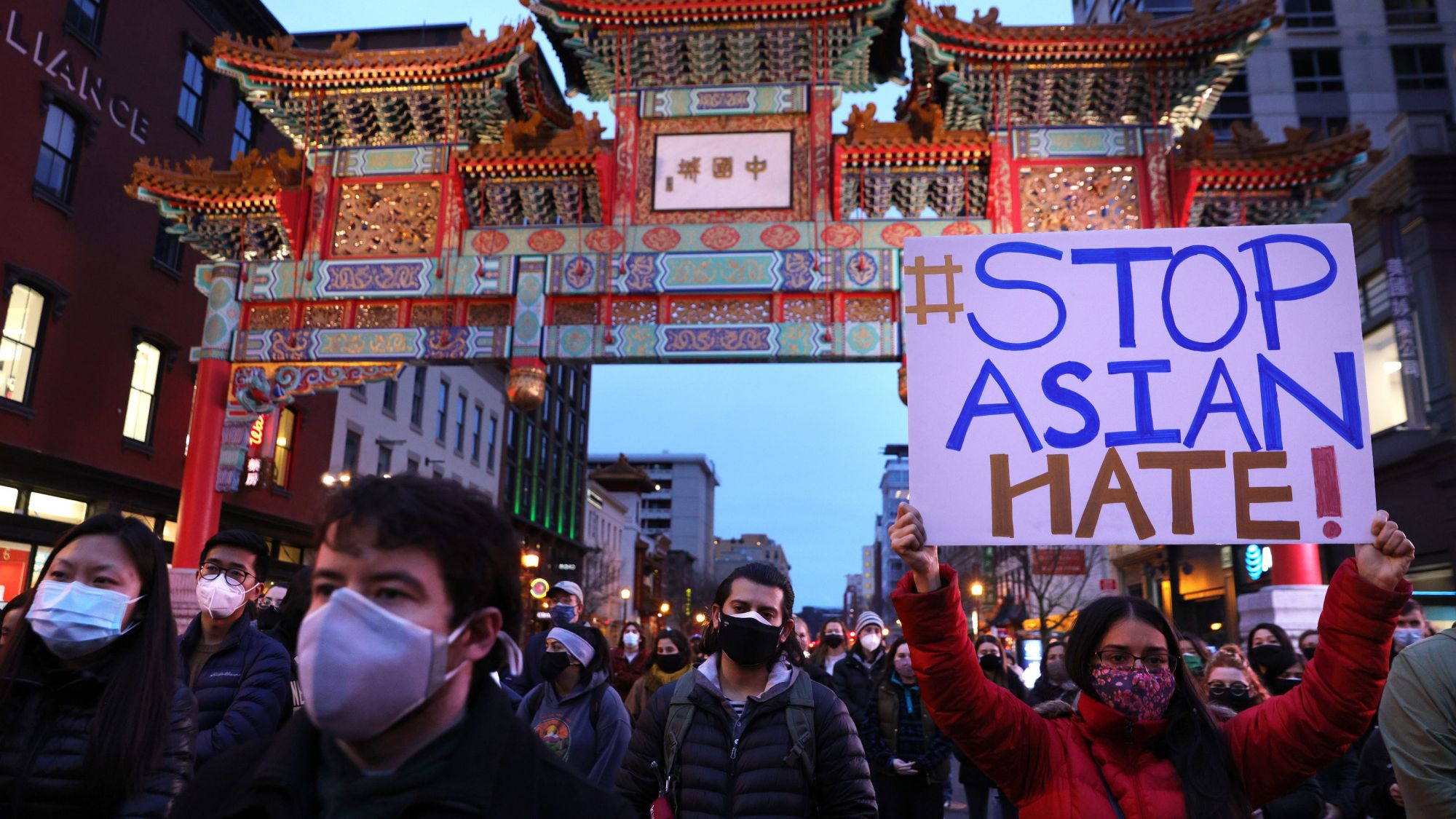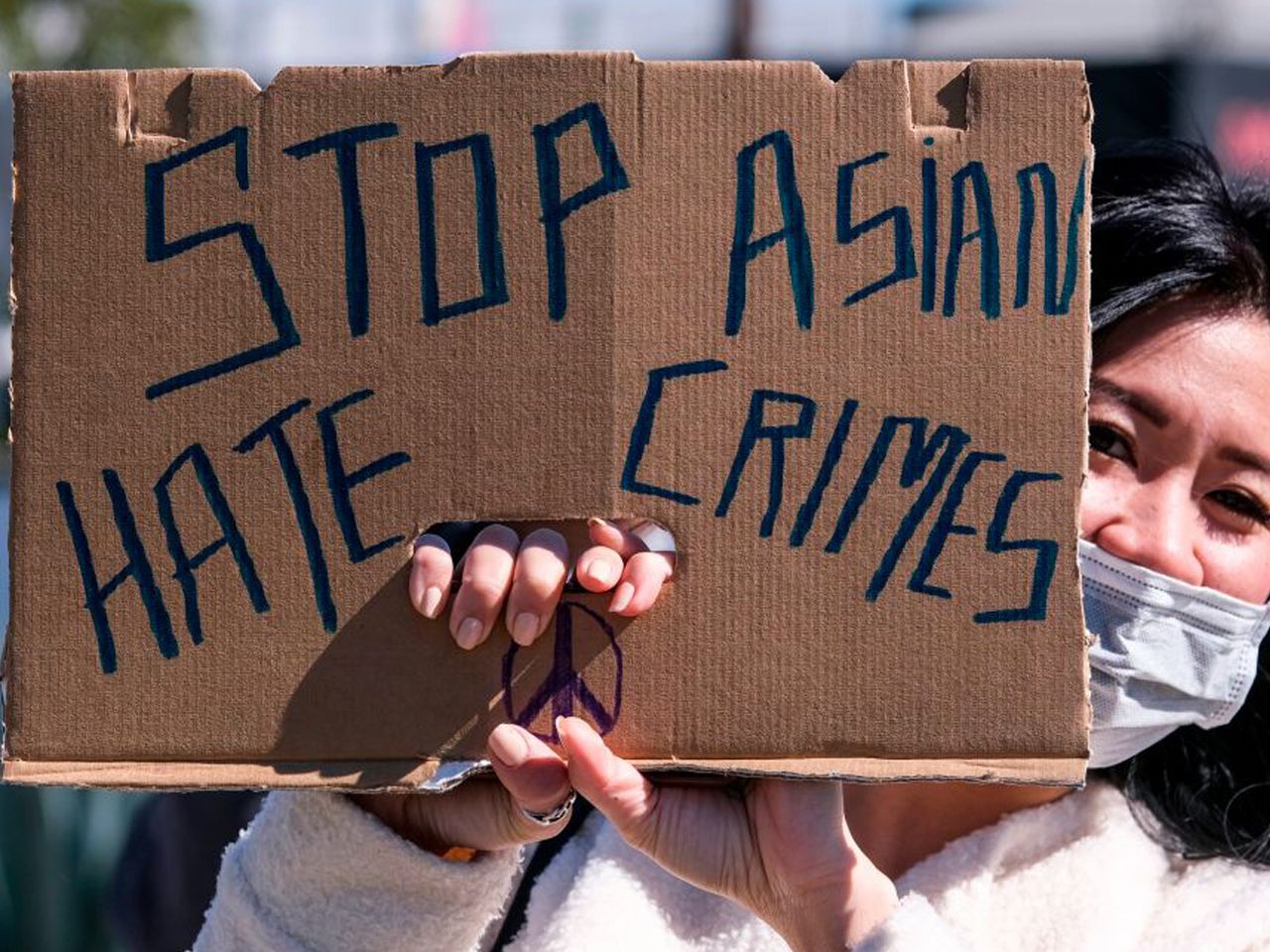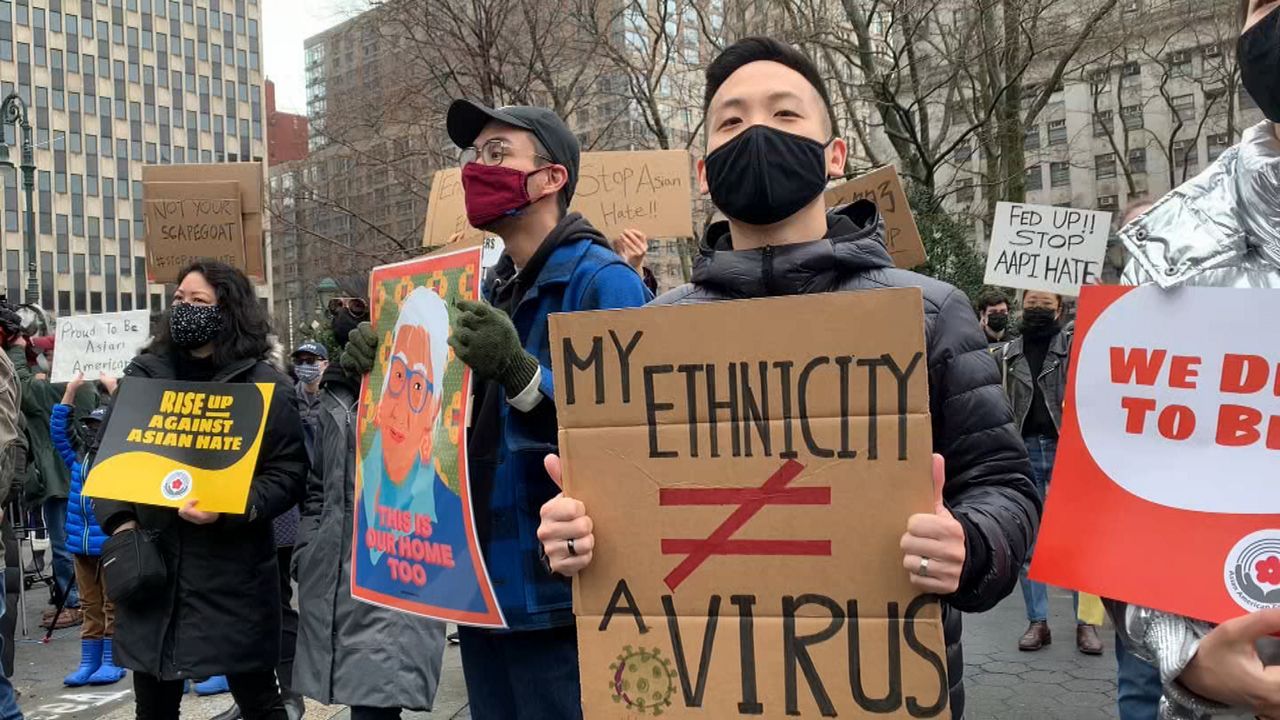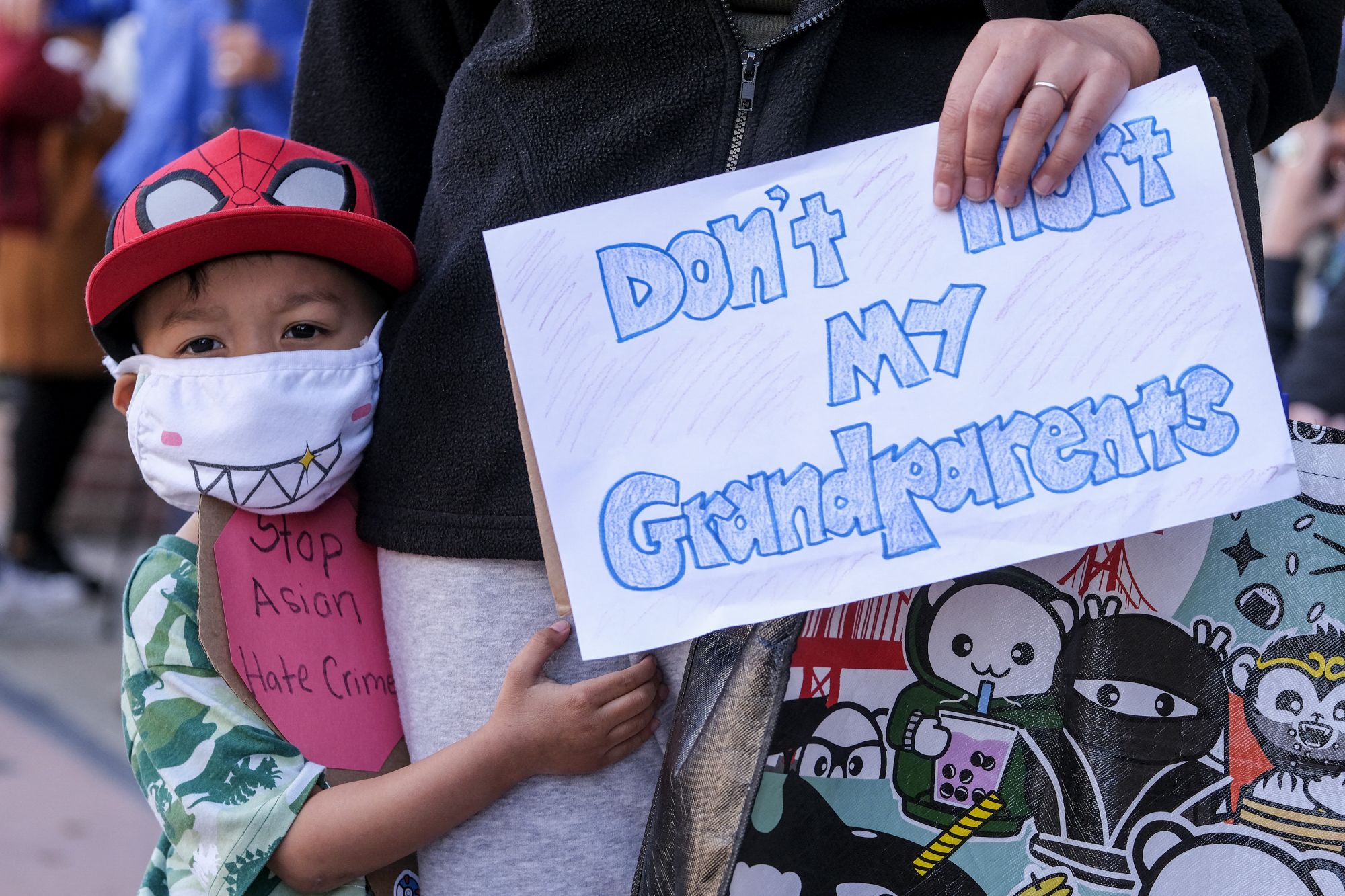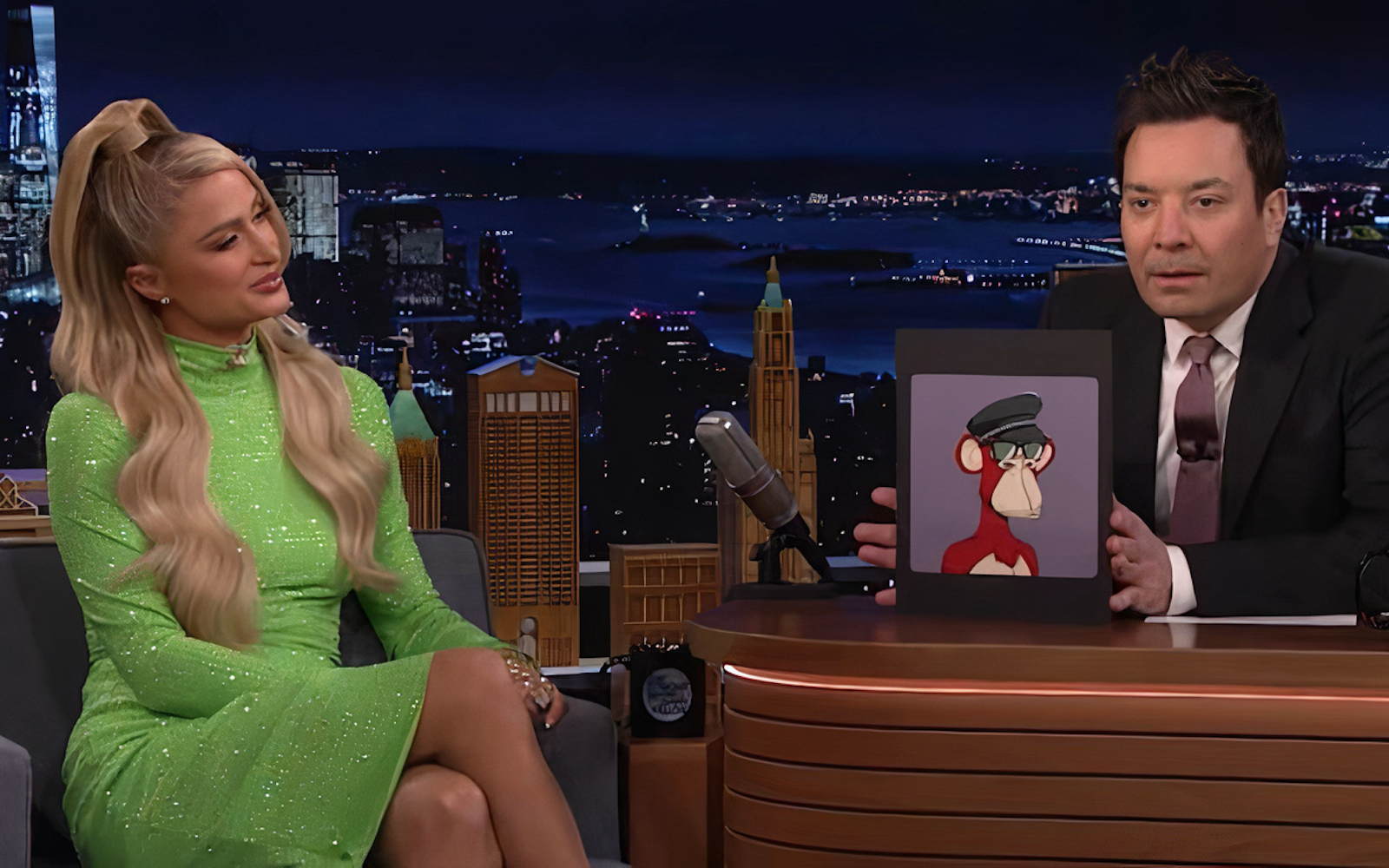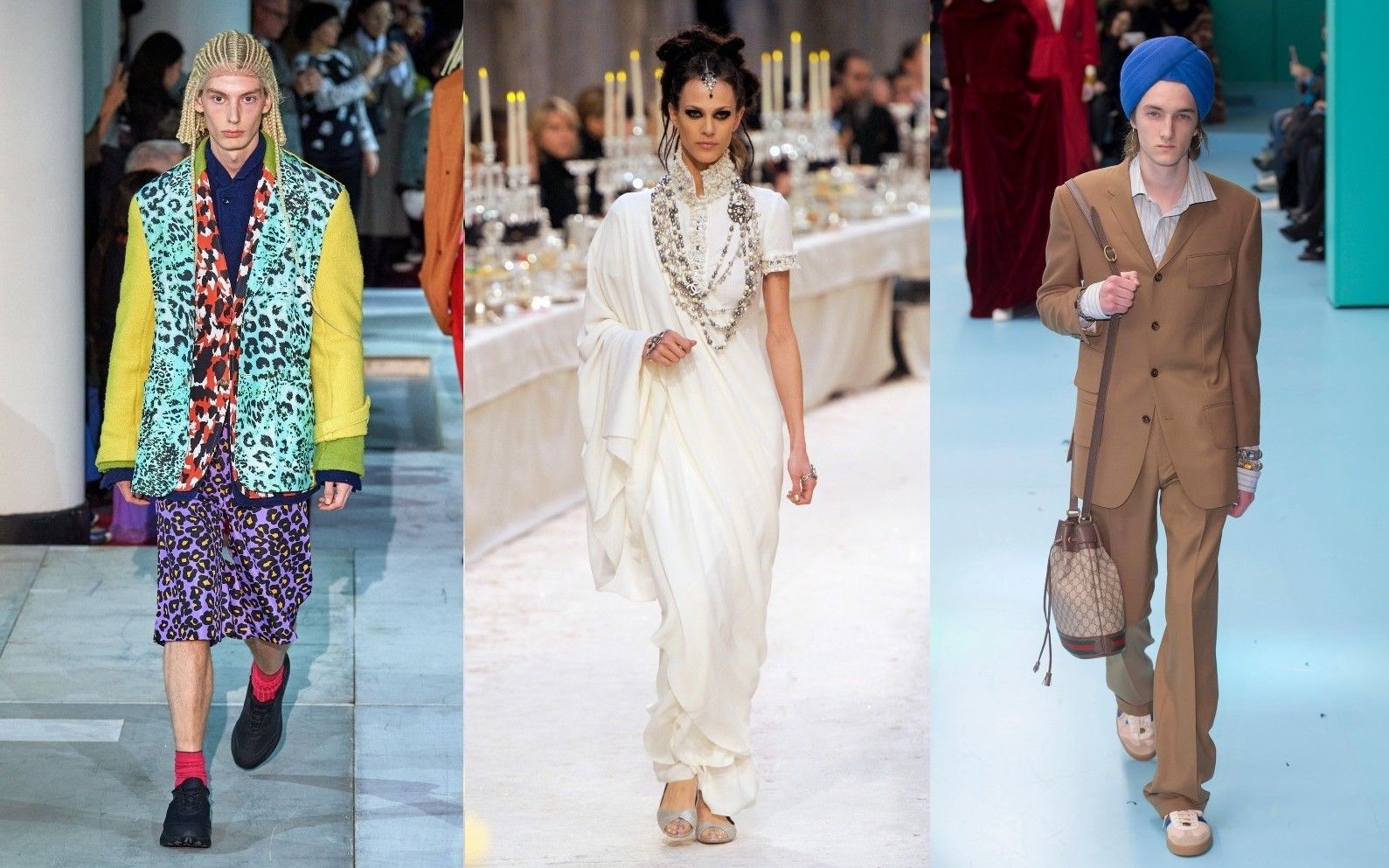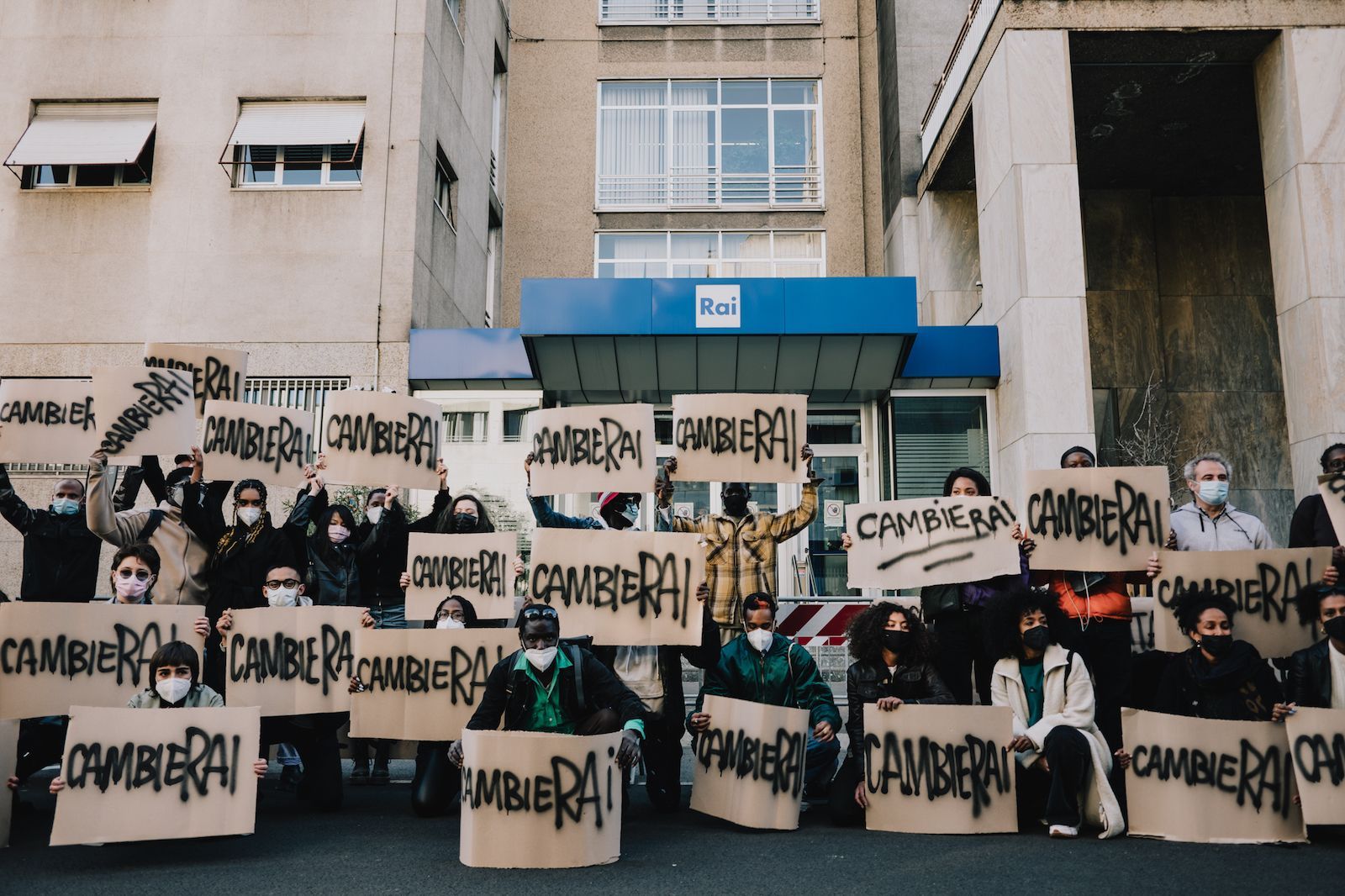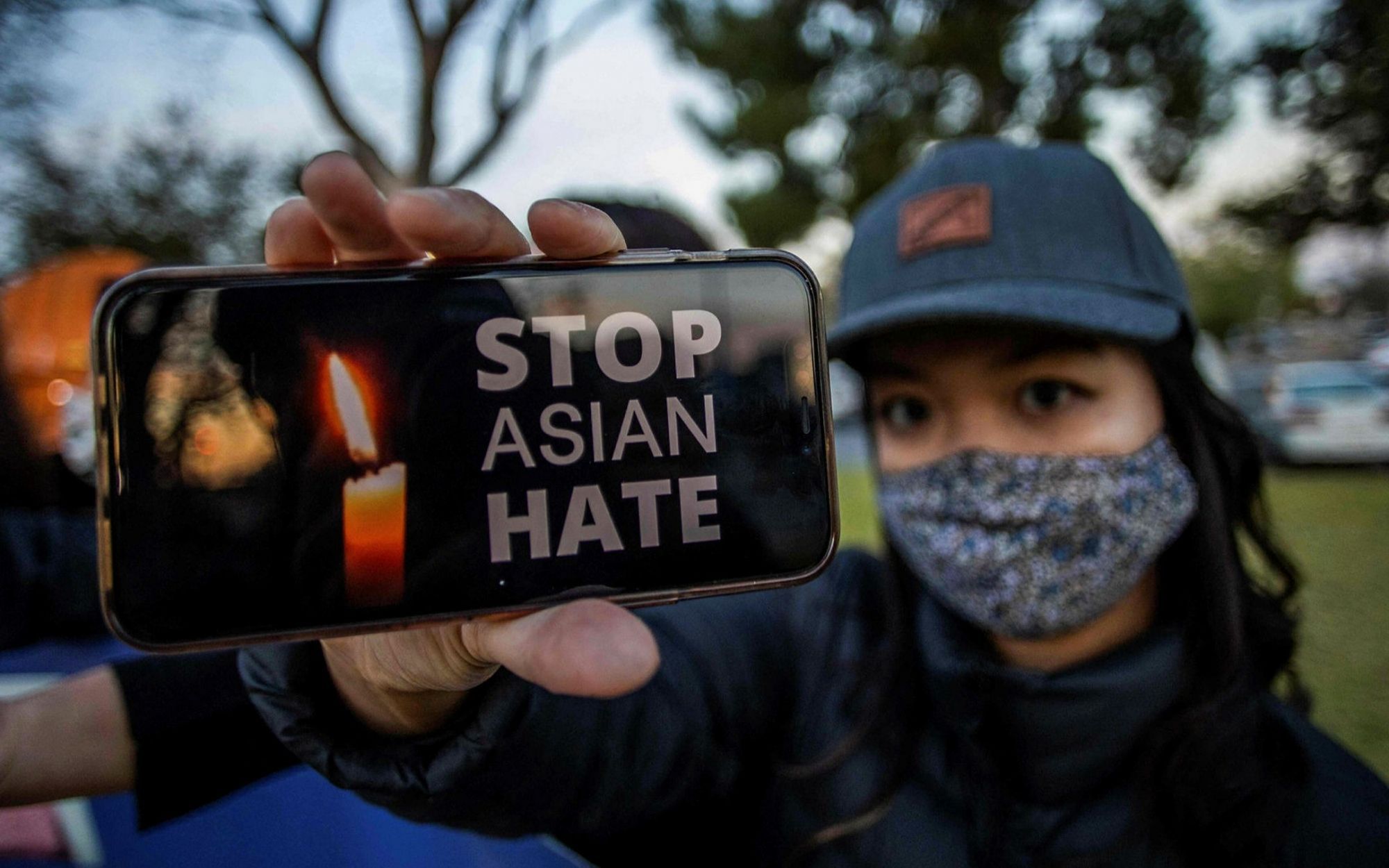
Why #StopAsianHate should be a moment of reflection for Italy A cultural problem that the pandemic has made more evident than ever
Earlier this week, eight people, including six women of Asian descent were killed by a white terrorist in a shooting spree while working at three massage parlours in Atlanta, USA . Following the incident , there has been an outpouring on social media under the hashtag #StopAsianHate in an attempt to raise awareness and call for justice against Anti-Asian Racism in the United States. On the same day of the shooting, the organization Stop AAPI Hate released a report that revealed the amount of hate Asian people in America have faced in the past year with a record of 3,795 Anti-Asian hate incidents in the USA between March 2020 and February 2021 including verbal harassment , physical violence , civil rights violations and online harassment. In general, the origins of these hate crimes seem to be more difficult to understand, and the reaction to these facts has not been as unanimous and powerful as for the BLM movement, both in public opinion and in the fashion world.
Needless to say, hate crimes of this kind unfortunately aren’t anything new to the world, but the ascent in numbers began with the rise of the COVID-19 pandemic , which likely stemmed from the racist language used to describe the virus and its origins by the media and on social media. In acknowledging this, we must also acknowledge that while the incident which took place in the USA, was an extreme manifestation of hate, there were and are visible signs of microaggressions & macroaggressions leading up to that — which have been present not only in the USA but very much in Europe and Italy since and before the dawn of the virus.
In February of 2020 , as panic & paranoia began to spread about the virus, before the national lockdowns, the first places to go empty were Chinese businesses across the country. From ChinaTown in Milan , to restaurants in Rome. Incidents of sinophobia, xenophobia and even violence were recorded all across Europe. Things that ranged from Chinese tourists being spat at in Venice by a group of children, to mothers in Milan using social media to call for their children to be kept away from their Chinese classmates to a woman of Asian descent being thrown off a train in France because it was assumed she was carrying the virus. In one incident, the director of Conservatorio di musica Santa Cecilia, a famous music school in the Italian capital, Rome, said lessons for all “Oriental students'' including those from China, Korea and Japan would be suspended because of the “Chinese epidemic”. They would only be allowed to return after a health check, he said.
The general social reaction that occurred following the breakout of the virus was a shameful use of the virus as a justification to express prejudice and hate through fear as an excuse. The media & social media also played a major part in irresponsibly spreading misinformation, TG24 a news channel by Sky Italy reported on January 25 that the virus might have been leaked from a military lab in Wuhan — a theory which has since been debunked by many. Giulia Calcaterra, a television star who has 750K followers, posted an Instagram video on January 29, blaming Chinese eating habits for the alleged epidemic. The incidents of Anti -Asian sentiments got so bad to the point where President Sergio Mattarella paid a visit to Scuola Daniele Manin, a school in Rome that holds a high percentage of Italian Chinese students.
Although it may be said that the heart of the tension regarding the racism that the virus brought about has faded as the falsehoods have been debunked throughout the months, it is essential for Italy to take advantage of this moment in conversation about Anti-Asian sentiments to listen and reflect on how it interacts and has reacted with its Asian citizens because although the recent shooting may seem extreme like an extreme case, it starts from little nuances and comments that influence the general perception of the Asian community.



















































